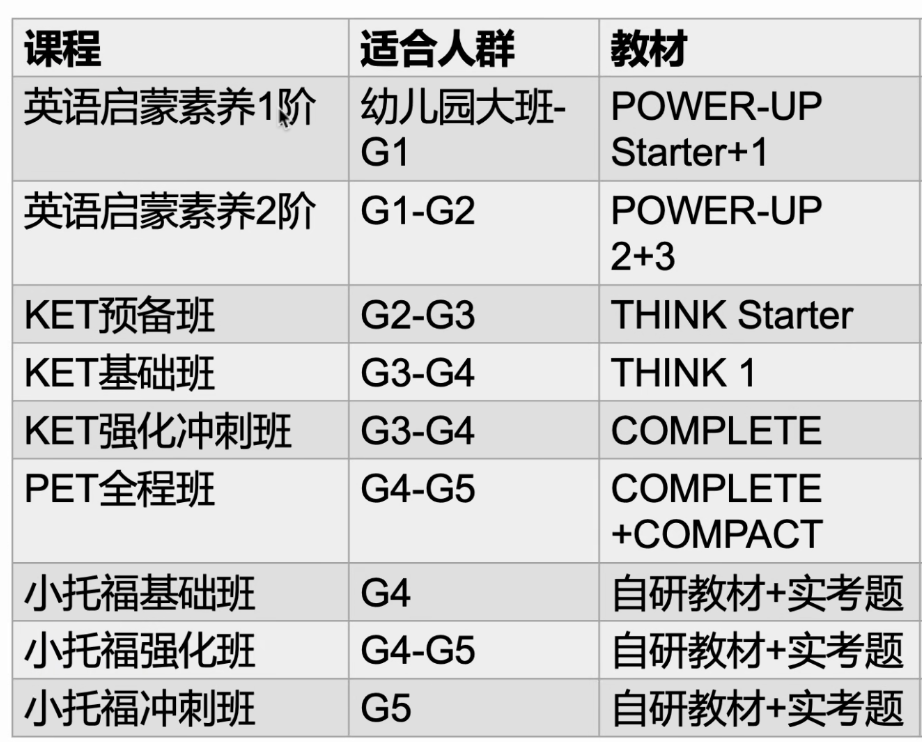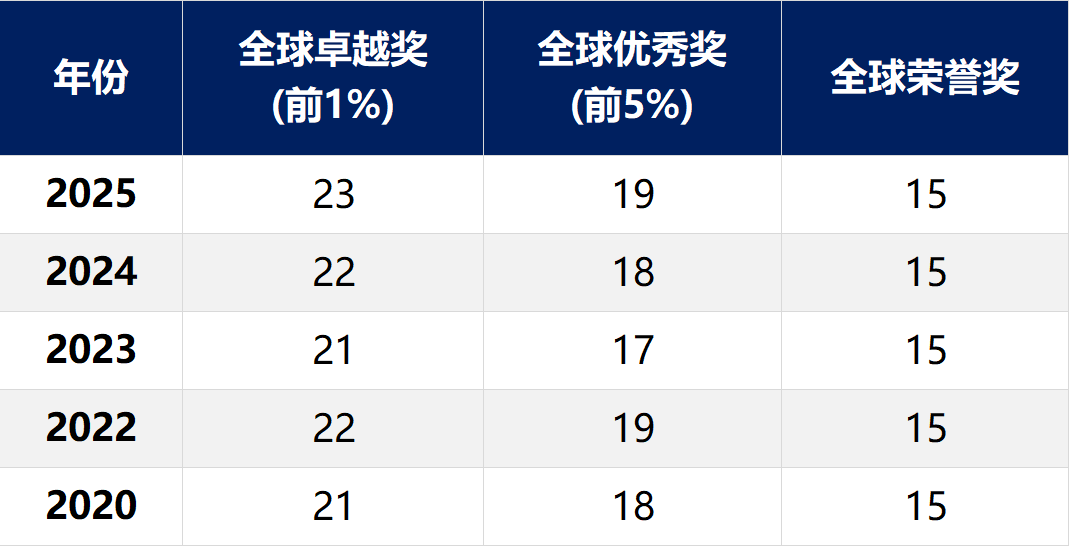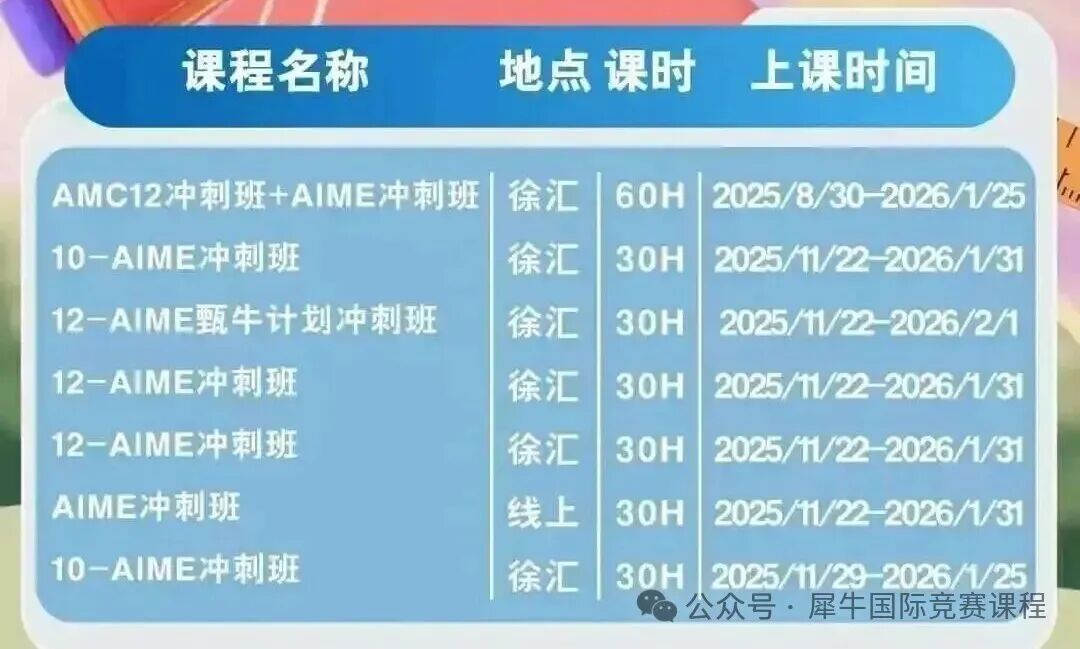Task one:line graph 【医疗方面的花费】Task two:In some countries, the number of people who visit art galleries is declining. What are the reasons for this? How can we solve this problem.
Reasons:
One of the primary factors contributing to the decline in art gallery attendance is the rise of digital media and virtual experiences. With the advent of virtual reality (VR 虚拟显示) technologies,art enthusiasts【艺术爱好者】can now explore renowned artworks and exhibitions from the comfort of their homes. Platforms such as Google Arts & Culture offerimmersive virtual tours【沉浸式的艺术体验】of galleries worldwide, providing a convenient alternative to physical visits.
Another significant factor is the changing interests and priorities of modern consumers. In a fast - paced society driven byinstant gratification【即时满足】many individuals perceive art galleries as time - consuming and detached from their daily lives【和生活分割】. The perceived lack ofinteractivity【缺乏互动】and relevance in traditionalgallery settings【艺术画廊环境】further deters potential visitors.
solutions:
To address these challenges and reverse the trend of declining gallery attendance, several strategies can be implemented. Firstly, art galleries shouldembrace digital technologies 【采用新科技】as a complementary tool rather than a substitute for physical experiences. By integrating VR and augmented reality (AR) into their exhibitions, galleries can offer interactive and immersive experiences that cannot be replicated online.Secondly, galleries need to make their exhibits more accessible and engaging to a broader audience. This can be achieved throughthematic exhibitions【主题展】that connect art with contemporary issues, such asenvironmental sustainability【环境可持续发展】, social justice, or technological innovation. Interactive installations, hands - on workshops, and guided tours can also make art more approachable and enjoyable for people of all ages and backgrounds.














